Acne treatment using blue light therapy
Patients in need of treatment for a range of ailments may benefit from light therapy, also known as phototherapy. This treatment involves exposing patients to light in the hope that it would help relieve their symptoms. It is a frequent procedure in hospitals and clinics, and it has the potential to heal a broad variety of ailments, ranging from skin conditions to medical conditions. In most cases, the therapy entails subjecting patients to light, either natural sunshine or artificial light for a minimum number of hours each day.
The following are some of the advantages of blue light therapy:
- Acne Treatment: Acne treatment with blue light therapy may help to decrease inflammation and enhance the skin's look by killing the bacteria that cause acne. This, in turn, kills the acne-causing bacteria.
- Reduce Skin Cancer: Blue light treatment may help decrease the risk of skin cancer, according to some study. This therapy works by destroying the DNA of aberrant cells, which in turn lowers the chance of developing skin cancer.
- Enhance Skin: Blue light therapy may help improve the look of the skin by promoting collagen formation, which may help minimize the appearance of wrinkles and enhance skin texture. This is one of the ways that blue light therapy may help improve the appearance of the skin.
- Skin Protection: Melanin is a pigment that helps protect the skin from harmful ultraviolet radiation. Blue light treatment may help lower the risk of sunburn by boosting the production of melanin, which is a pigment that helps protect the skin from these rays.
Acne
Blue light therapy for acne is a new way to treating acne that is safe, effective, and less intrusive than other traditional therapies. Blue light therapy for acne is also known as photodynamic therapy. In addition to its antibacterial benefits, blue light also has the ability to decrease inflammation and promote within and outward healing of the skin.
The treatment of acne is one of the most typical applications of blue light therapy. It is believed that exposure to blue light may help lower the quantity of germs that can cause acne on the skin, as well as the inflammation that acne can produce. Blue light therapy for acne is often done at a dermatologist's clinic, and a series of treatments is usually required to produce the best results. It does not involve any discomfort and is non-invasive.
When compared to a visit to the doctor's office, using a device at home may result in significant cost savings. Before beginning a therapy that you are going to administer on your own, you should talk to a dermatologist about the several alternatives that are available to you.
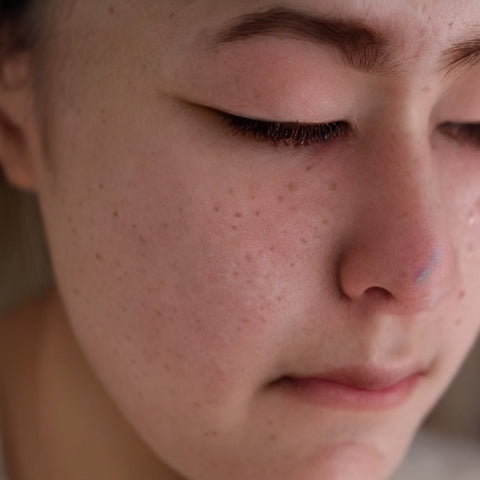
Numerous studies have shown that blue light therapy is an excellent treatment for acne. However, it has to be used with extreme care, particularly by those who own hypersensitive skin.
The American Academy of Dermatology has given its stamp of approval to the use of photodynamic treatment, often known as PDT. PDT is a combination of blue light and medicine. It's possible that you'll need to schedule follow-up appointments with a dermatologist, depending on how severe your acne is.
Acne affects over half of the adult population in the United States, which is around 50 million people. It has the potential to be a debilitating disorder, which will have an effect on both your quality of life and your sense of self-worth.
According to a number of studies, both blue light and red light have the potential to kill the germs that cause acne. Acne is caused by blocked oil glands, which provides bacteria with the optimal habitat in which to thrive and cause breakouts.
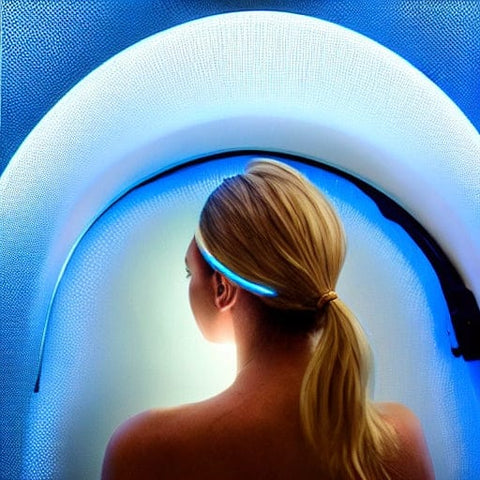
It is possible for bacteria known as Propionibacterium acnes to infiltrate these pores whenever they get blocked with debris and oil. Because it irritates the skin and leads to inflammation, this bacterium is the culprit of breakouts.
Acne that is mild to severe often responds well to a treatment called blue light therapy. At a minimum of three minutes should be spent on each region when using it. You are permitted to use the gadget a maximum of three times each day. Always remember to protect your eyes from the bright light by wearing goggles.
It has been shown that pregnant ladies and individuals with sensitive skin do not pose a risk when exposed to blue light. Patients should exercise extreme caution when considering the use of any topical therapies that may thin the skin, such as retinol or retinoids.
Psoriasis
A substitute for more traditional photo therapies is something called blue light treatment. At the same time as it improves the look of the skin, it helps alleviate inflammation and discomfort. In order to generate blue LED light, the procedure makes use of a portable medical gadget.
Psoriasis is a skin condition that is characterized by inflammation and manifests itself when the skin cells proliferate in an uncontrolled manner. This results in the formation of scales that may be seen on the skin. Blue LED light, in contrast to the light that is normally released by the sun, does not in any way do any harm to the skin. Instead, it goes at the germs themselves, right where they live.
This is a non-invasive kind of therapy. During the procedure, the pace at which the skin cells divide is slowed down, and this is not permitted. As a direct consequence of this, there will be less scaling and redness as a result. It's possible that the proteins in your skin are releasing bioactive nitric oxide, which is what's responsible for these results.
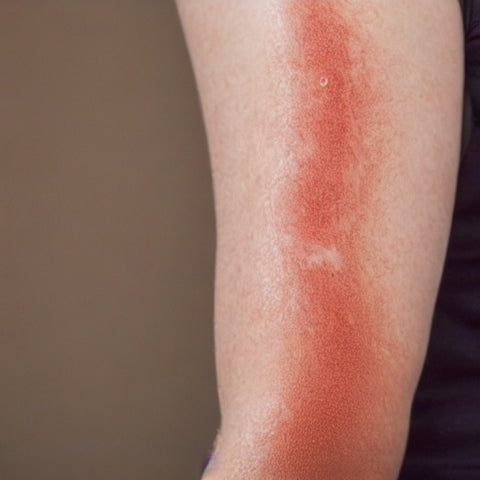
Blue light therapy is something that researchers have come up with as an alternative to the traditional treatments for psoriasis. Patients who have mild to severe chronic plaque psoriasis may benefit from its use. It may be necessary for some patients to have the therapy more than once in order to get a full reaction, while other patients find that the procedure provides considerable symptomatic relief.
The efficacy of blue light as a treatment for psoriasis is now the subject of research being carried out virtually in clinical settings. Up to this point, clinical investigations have only been conducted in a restricted number of different setting combinations.
Despite this, there is still a significant amount of doubt over the blue-light therapy's ability to be cost-effective. The results of research into this field could assist to reduce this level of ambiguity.
The researchers conducted their investigation using a computer model in order to investigate the irradiation settings. Comparing blue light to two different drug compositions required the use of a Markov model as well. They investigated the association between the two therapies by using a group of virtual patients (VPs), which allowed them to imitate the reactions of actual patients.
Keratoses caused by exposure to sunlight
Actinic keratoses may be treated using blue light treatment, which is a simple and speedy method for removing precancerous skin growths. The therapy is straightforward, and it seldom results in adverse consequences.
The sun's ultraviolet rays may cause damage to the cells in the epidermis, which can lead to the development of a precancerous condition known as actinic keratoses. They might have the appearance of rough, scaly patches or spots that are flesh-colored. It is vital to have regular skin checks so that you can catch any problems in the early stages when they are most treatable.
Actinic keratoses are something that dermatologists have a lot of expertise addressing. These skin lesions may be treated using any one of a number of different methods. PDT, or photo dynamic therapy, is one of the most prevalent kinds of treatment and makes use of blue light.
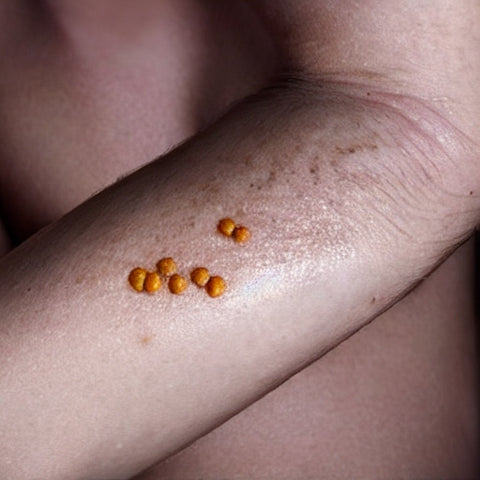
During the treatment process, the doctor will apply to the region that is afflicted a solution that includes methyl ester as well as a photo sensitizing medication. After the skin has had time to absorb the solution, it is next subjected to a strong, blue light for a period of several minutes.
Because of this, the solution is able to kill the cells that are responsible for AKs. In addition to that, it improves the tone and texture of the skin. Nevertheless, the patient has to stay out of direct sunlight for at least 48 hours after the therapy has been completed.
It is possible that treating the full face may take up to two hours, but this time frame will be determined by the state of the patient's skin. More time is needed for the arms and legs.
The dermatologist will decide whether or not the patient is a suitable candidate for PDT before the patient actually undergoes the therapy. It's possible that the individual isn't a suitable choice if they are fragile, have a history of sunburns, or are unable to avoid the sun.
During the course of therapy, patients are required to wear protective eye wear. Also, try not to wash your face while the procedure is going on.
The FDA has given its OK for the use of blue light in the treatment of actinic keratoses, which is what is done during the therapy. It is possible to apply it topically to the parts of the skin that are in need of treatment.
Mood-booster
The use of blue light as a treatment has been shown to improve mood. It is possible that it has some effects that are unexpected, such as better sleep and less anxiety. Despite this, there hasn't been a lot of study done on blue light treatment for depression. Furthermore, it is not yet indicated for use as a therapy for depression.
The circadian rhythm of the body may also be assisted in its regulation via the use of blue light treatment. The circadian rhythm is the body's internal clock that controls the sleep-wake cycle, hormone synthesis, and other biological activities. It is responsible for maintaining the circadian rhythm. By simulating the effects of natural sunshine, blue light therapy may assist in the regulation of the circadian cycle, which in turn can assist in the improvement of mood, energy levels, and the quality of sleep.
A prominent application of blue light treatment is to help ease the symptoms of seasonal affective disorder (SAD). The seasonal affective disorder (SAD) is a kind of depression that is believed to be brought on by a reduction in exposure to sunshine during the winter months. Blue light treatment is claimed to help regulate the body's circadian cycle and boost mood. Blue light treatment for SAD is normally done using a specific light box that produces blue light, and it is commonly utilized in the morning for 20-30 minutes.
It is believed that blue light works in the brain by stimulating a variety of different mental skills. Blue light has been used to study this phenomenon. This includes improved concentration as well as greater memory recall. The presence of photo receptors, also known as light receptors, in the eyes as well as in other regions of the brain is thought to be responsible for the impact.
Light therapy has been shown to have a positive effect on mood, but it also has the ability to improve sleep, decrease blood pressure, and raise energy levels. The fact that the body creates more serotonin, a neurotransmitter that controls mood, throughout the day is usually credited with being the primary contributor to these positive effects.
Even though some studies have revealed that blue light is ineffective for treating seasonal effective disorder (SAD), it may still be a therapeutic option worth considering. Participants in a clinical experiment involving thirty patients diagnosed with SAD were given a random assignment to receive either red or blue light.

A comparison of the HAMD-17 scores of the participants, which is an indication of cognitive function, and an open-label follow-up were used to assess the effects of blue light. According to the findings, blue-light led to a 51% increase in performance.
Blue-light therapy is thought to be an effective treatment for seasonal effective disorder (SAD), although it has not yet been licensed for use in clinical settings. As a result, before to initiating any kind of light treatment, it is essential to discuss your condition with a qualified medical specialist.
The length of time a person receives therapy should be decided by them, just as it should be with any other kind of treatment. It is recommended that you use it first thing in the morning whenever possible. This manner, your sleeping and waking hours will be in sync with the rest of your daily schedule.
Spots that may be malignant or precancerous
Blue light therapy is a sort of skin treatment that does not need any intrusive procedures and may be used to treat a number of skin diseases. One of these conditions is the avoidance of developing skin cancer. In order to cure malignant or precancerous patches that have appeared on the skin, the method calls for the use of a chemical solution that is light-sensitive.
In addition to being used in combination with other therapies, such as photodynamic therapy, blue light therapy may also be used alone (PDT). PDT refers to a method of therapy that eliminates cancer cells by using light-sensitive medicines in conjunction with light radiation. The efficacy of the treatment may be improved by combining blue light therapy with the use of a photosensitizing agent. It is most often used to treat cancers of the skin, although it is also effective against other types of cancer.
After being administered to the afflicted region, the photo sensitizing agent must then be exposed to certain wavelengths of blue light in order to become active. A chemical reaction is triggered by the light and the photo sensitizing molecule, which results in the precancerous cells being eliminated. This procedure is completely painless and results in very little scars.
Rosacea is another another skin problem that may be remedied with the use of blue light treatment. This condition may be recognized by the red spots that appear on the skin and face of the affected individual. After receiving treatment, the flaws will no longer be visible.
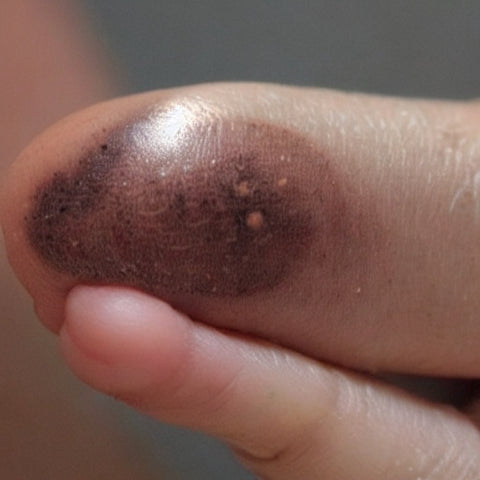
In certain cases, precancerous patches may be treated with photo dynamic treatment as well. It is an alternative to intrusive procedures like surgery and laser resurfacing that is less risky. Although it is successful in treating a broad variety of illnesses, it is not very useful in the treatment of deeper malignancies.
Even though it is a relatively new piece of technology, more and more individuals are beginning to make use of it. In addition to being effective in the treatment of skin cancer, it may also be helpful in reducing the size of oil glands and clearing up acne.
Treatments may take anywhere from 15 to 90 minutes, depending on the size of the areas being treated. They are also capable of being performed several times in order to get the desired outcomes. Patients are strongly encouraged to stay inside and out of the sun for the next two days following treatment.
The procedure of photo dynamic treatment is often brief and does not include any discomfort for the patient. In most cases, health insurance will pay for it if the attending physician decides that the patient meets the requirements. Peeling and redness are two examples of the negative effects that some people encounter.
Sleep Disorder
Blue light therapy may also be used to assist reduce sleep issues, such as insomnia. Blue light has been proven to reduce the synthesis of melatonin, a hormone that helps regulate the body's sleep-wake cycle. Blue light treatment for sleep problems is normally done using a specific light box that produces blue light, and it is commonly used in the evening for 30 minutes to an hour before bedtime.
Looking for ways to stay healthy? View our selection of emf protection products.




























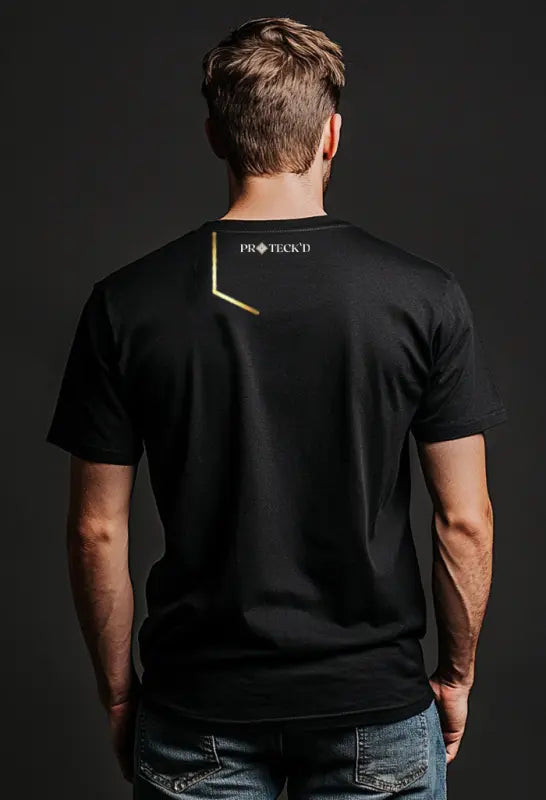



























Laissez un commentaire